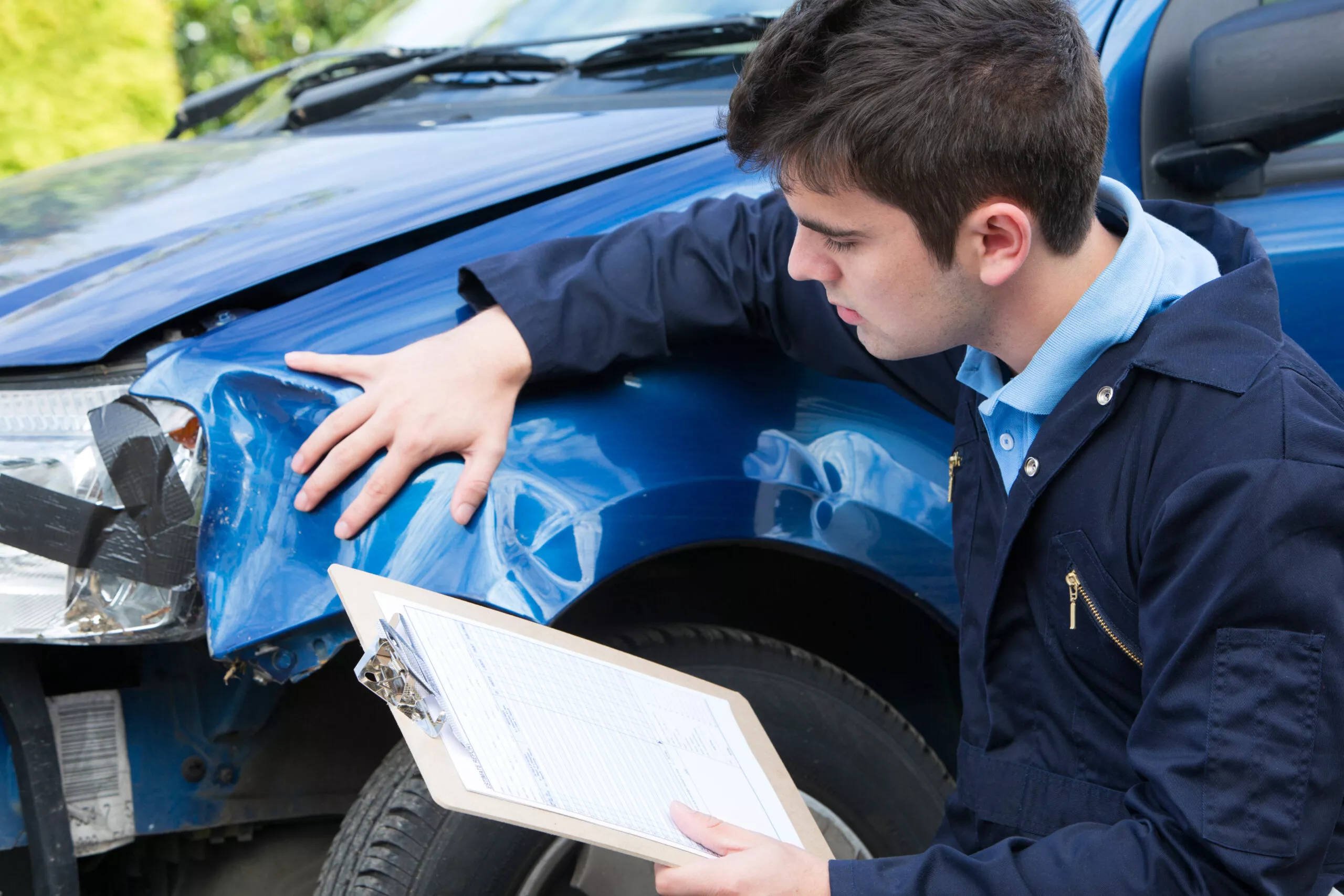Traffic Accident Investigation Guide
Introduction:
Traffic accidents are a significant cause of injury and death worldwide.
These often result in injuries, fatalities, and property damage.
Consequently, traffic accident investigation is a crucial role in implementing safer roads and improved traffic safety policy.
If we took all the car crashes in the United States, and put these in one place, at one time, there would be a national emergency.
In the United States for example, there are approximately 45,000 traffic deaths every year. To give some perspective, 58,000 American soldiers in the Vietnam War (1963 to 1975) lost their lives. Every year on American roads, there is a tragic loss of life.
Investigating these accidents is crucial to determine their causes and assign liability.
This guide provides an overview of traffic accident investigation, including steps involved.
These steps include the tools and techniques used and the role of investigators in the process.

Understanding Traffic Accident Investigation:
Definition
Traffic accident investigation is the process of gathering and analyzing evidence to determine the cause(s) of a traffic accident.
Investigators aim to reconstruct the events leading up to the accident, identify contributing factors, and lay charges.
Charges are laid and traffic tickets issued to those deemed to have violated the Traffic Highway Act legislation.
Investigations may involve various stakeholders, including:
- law enforcement agencies;
- corporations;
- communities;
- grass roots organizations (Mothers Against Drunk Driving MADD);
- insurance companies;
- and legal representatives.
Importance:
Investigation helps establish liability, improve road safety, identify patterns, and develop preventive measures.
Steps Involved in Traffic Accident Investigation
Scene Assessment
- Secure the scene to ensure safety.
- Document environmental conditions (weather, lighting, road conditions).
- Capture the scene through photography, videography, and sketches.
- (video and photograps often cannot convey scope and scale of a location, thus sketches and simulations are important)
Vehicle Examination
- Inspect vehicles involved for mechanical issues or defects.
- Document damage and collect relevant data.
Witness Interviews
- Interview witnesses to gather firsthand accounts.
- Record statements and contact information.
- Recorded statements must be video recordings with additional notes.
- Corroborate witness testimony with other evidence and other witnesses.
- Identify discrepancies and generate theories and explanations for such.
Data Analysis
- Analyze data from vehicles’ event data recorders (EDRs) if available.
- Calculate speeds, distances, and other relevant parameters.
Evidence Collection
- Gather physical evidence (skid marks, debris, vehicle damage).
- Preserve digital evidence (dashcam footage, surveillance videos).
- Determine and document location of physical evidence collected.
- Collect paperwork associated with vehicles and people involved in crash (driver’s licenses, vehicle registration and insurance).
Report Compilation
- Compile all findings into a comprehensive report.
- Include diagrams, photographs, witness statements, and analysis results.
Tools and Techniques Used in Traffic Accident Investigation:
Photography, Videography, and Sketching
Essential for documenting the scene, vehicles, recording witness statements, and collecting and preserving evidence.
Surveying Equipment
Used for measuring distances, angles, and elevations accurately.
Crash Reconstruction Software
Helps simulate accident scenarios based on evidence and data.
Vehicle Diagnostic Tools
Used to retrieve data from Event Data Recorders (EDR) and analyze vehicle performance.
Forensic Analysis Techniques
Including tire mark analysis, impact analysis, and trajectory analysis.

Training for Traffic Accident Investigators
Educational Background
Many investigators have backgrounds in law enforcement, engineering, or forensics.
Courses
Training programs cover accident reconstruction, evidence collection, and report writing.
On-the-Job Training
New investigators often receive mentorship and practical experience in the field.
Continuous Learning
Keeping up with advancements in technology, regulations, and investigative techniques is essential.
Role of Traffic Accident Investigators:
Determining Fault
Investigators assess factors such as speed, road conditions, and driver behavior to establish fault.
Providing Expert Testimony
Investigators may testify in court regarding their findings and conclusions.
Recommendations for Prevention
Based on investigation results, recommendations for road improvements or policy changes may be made.
Assisting Legal Proceedings
Investigators provide evidence and expertise to support legal proceedings, including insurance claims and criminal cases.
Conclusion
Traffic accident investigation is a multifaceted process.
It requires meticulous attention to detail, technical expertise, and a commitment to road safety.
By following established procedures, utilizing appropriate tools and techniques, and continuously improving their skills, traffic accident investigators play a crucial role in promoting safer roadways and reducing the occurrence of accidents.
